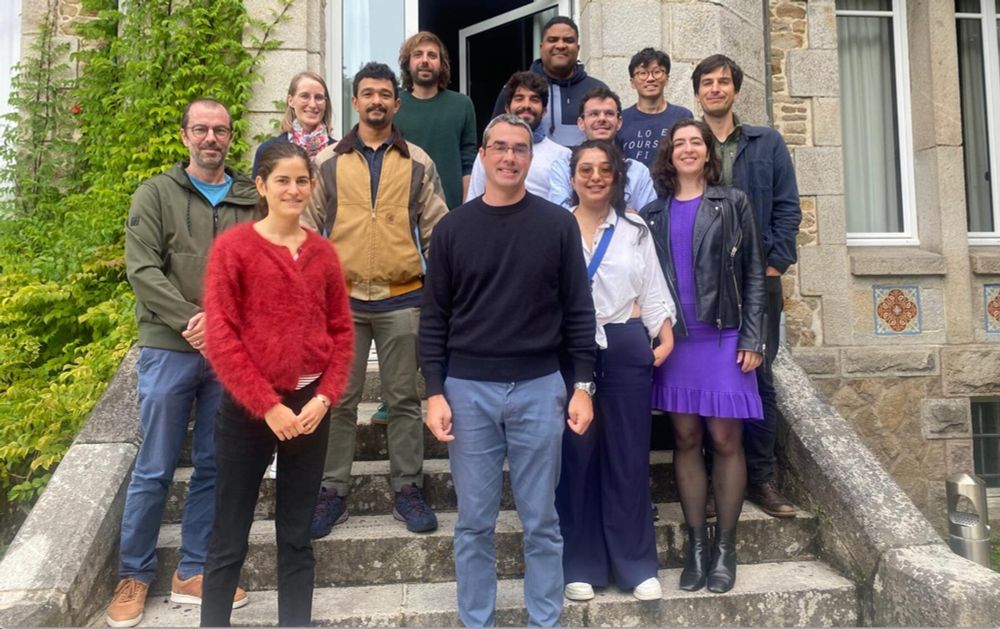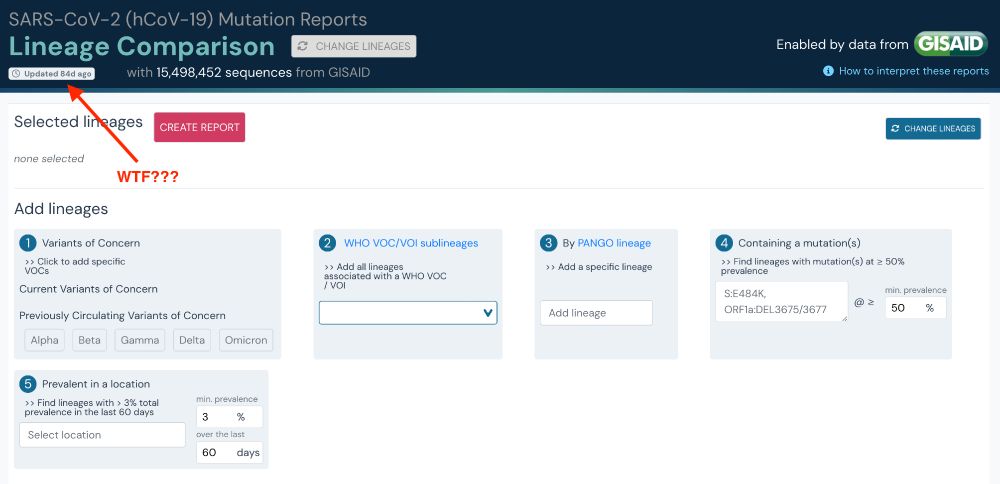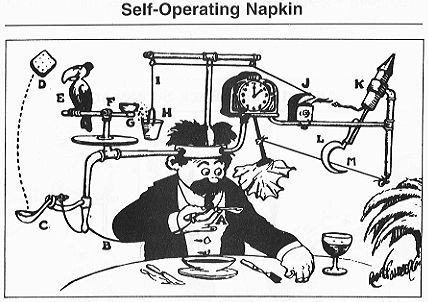Sebastian Duchene
@sebduchene.bsky.social
46 followers
140 following
6 posts
🦠🧬💻
Researcher in infectious disease evolution
Group leader at Instiut Pasteur, Paris
https://research.pasteur.fr/en/member/sebastian-duchene-garzon/
Keen swimmer 🏊🏼♂️, runner 👟, and beach lover 🌊🤿🏖️
Views are my own
Posts
Media
Videos
Starter Packs
Sebastian Duchene
@sebduchene.bsky.social
· May 30
Maria Lopopolo
@marialopopolo.bsky.social
· May 29
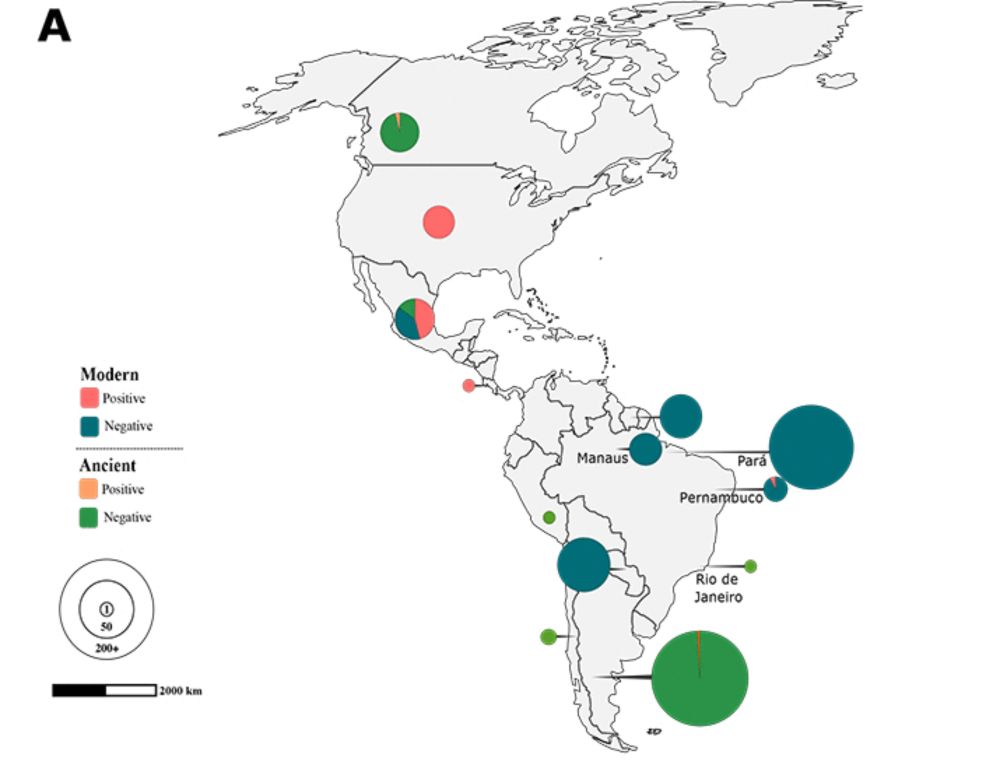
Pre-European contact leprosy in the Americas and its current persistence
Leprosy, primarily caused by Mycobacterium leprae, is considered a disease introduced into the Americas during European colonization. However, the recent discovery of a second pathogen causing leprosy...
www.science.org
Reposted by Sebastian Duchene
Reposted by Sebastian Duchene
Reposted by Sebastian Duchene
Spyros Lytras
@spyroslytras.bsky.social
· May 10
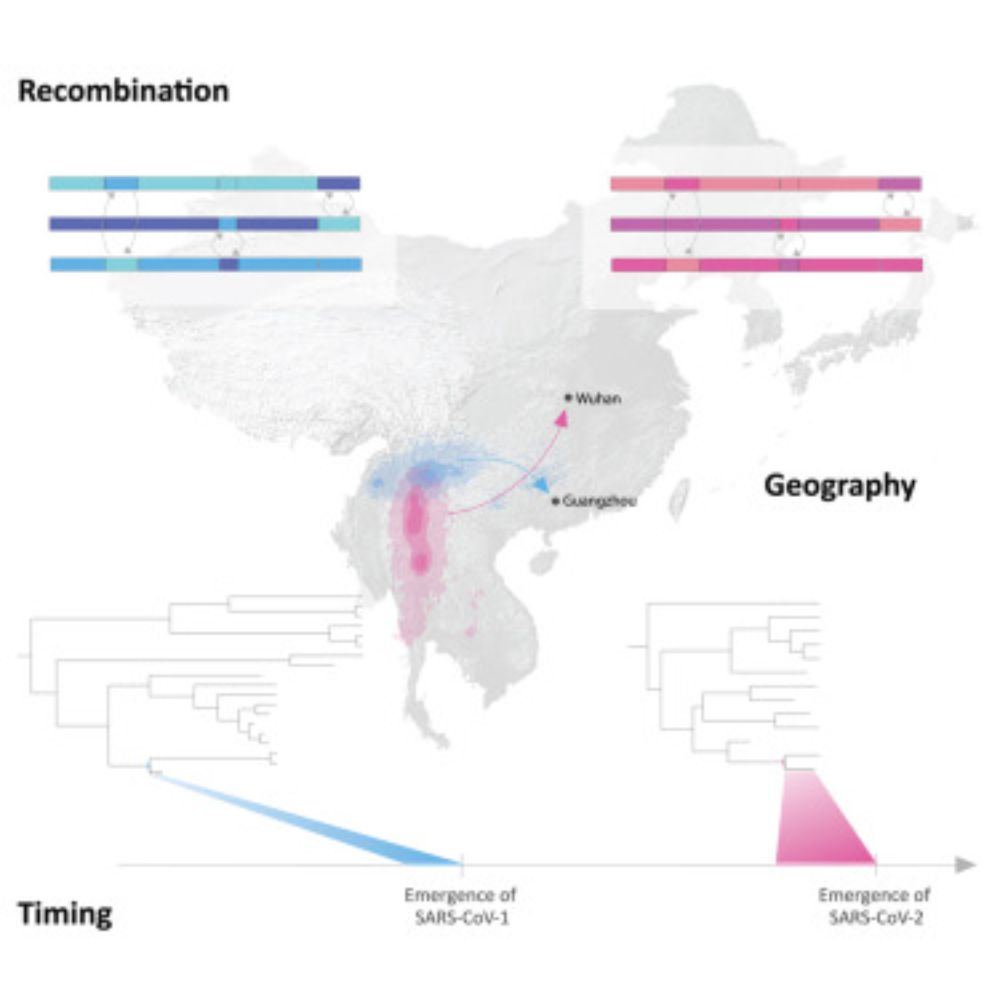
The recency and geographical origins of the bat viruses ancestral to SARS-CoV and SARS-CoV-2
Recombination-aware evolutionary analyses of the entire genomes of SARS-CoV-1-like
and SARS-CoV-2-like viruses indicate that SARS-CoV-1 and SARS-CoV-2 descend from bat
coronaviruses that circulated as...
www.cell.com


